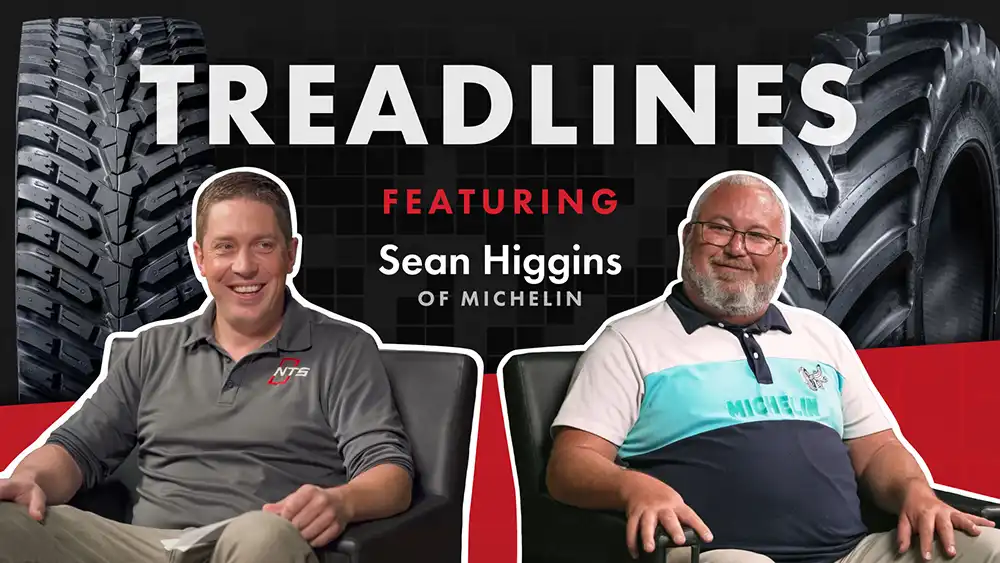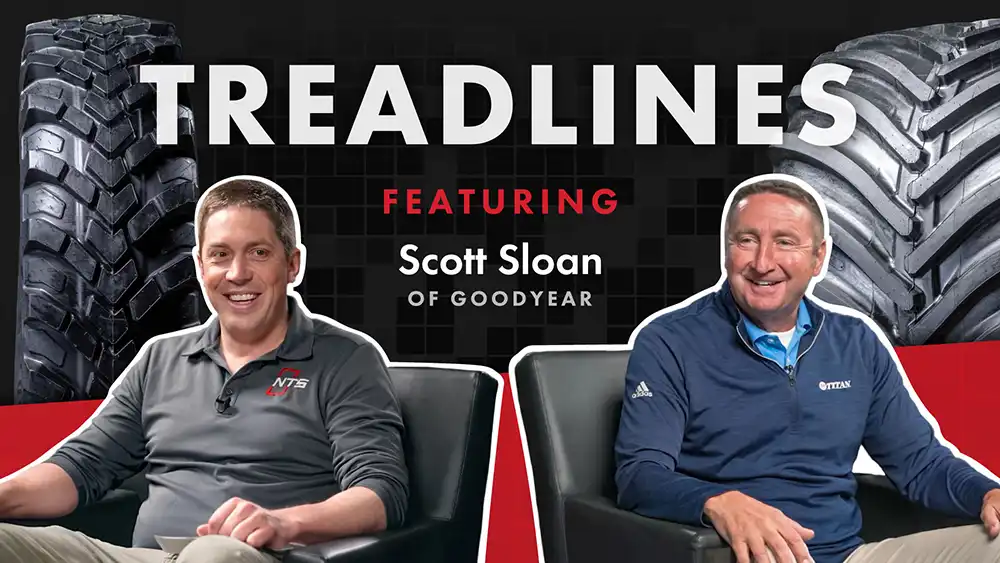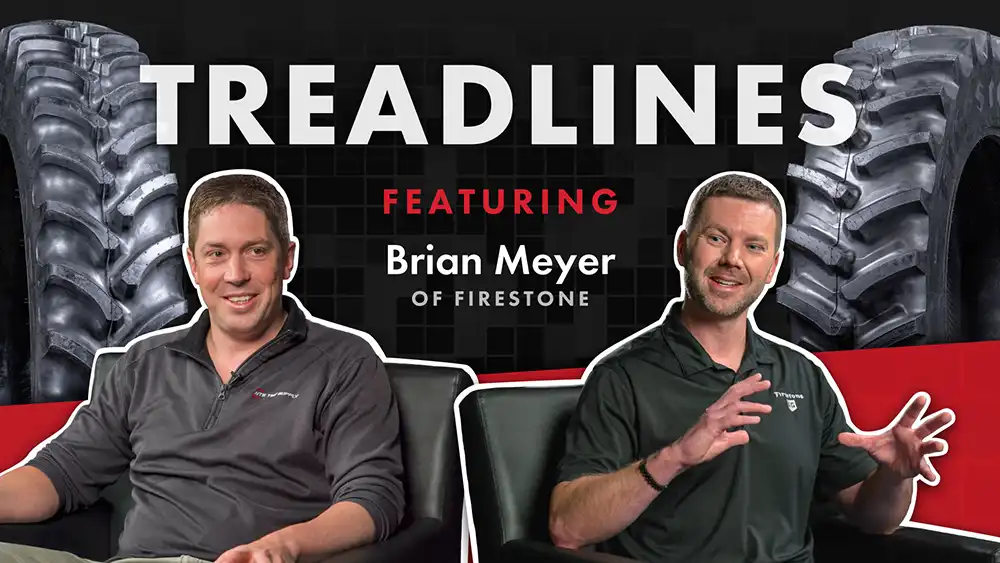Do you want 100 percent of your engine’s power transmitted to pulling your implements? As it turns out—no. Having some slippage will actually make you MORE efficient.

Why Zero Slippage Could Damage Your Tractor
If you were to transmit 100 percent of the axle power to forward motion (with no slip) you’d place an incredible strain on your tractor’s drivetrain. Tires, your transmission, and other drivetrain components would wear much faster. This is why manufacturers also warn against pulling heavy loads at speeds under 4 or 5 miles per hour: such operation places too much strain on your tractor’s drivetrain components.
Too Much Slip Will Spin Your Profits Away
On the other hand, too much slipping will also wear your tires prematurely and waste fuel and time. In fact, with too much slip you may only be transmitting 60–70 percent of your tractor’s power to the drawbar—or even as little as 50 percent.
Having Some Slippage Will Make You MORE Efficient
When it comes to actual wheel slippage on your tractors, a little slippage is good. There is only one situation in which you want zero wheel slip: when traveling down the road. Too little slip in the field actually means that your tractor is too heavily ballasted and not operating at peak efficiency.
With too little slip, you’re increasing compaction and fuel consumption at the same time. A tractor that’s too heavy for the work you’re doing has to constantly climb out of its own ruts. In other words, you’re wasting energy just trying to move the tractor through the soil. And as you increase compaction, you’re affecting the long-term health of your fields. Heavily compacted soil makes it harder for robust root systems to develop, which will negatively affect nutrient uptake and growth in coming years.
The ideal amount of wheel slip is between 8 and 12 percent for a 4WD tractor and 10 and 15 percent for a 2WD tractor.
The chart below shows how your tractor’s efficiency and percent slippage are correlated depending on the ground conditions.

Measuring Wheel Slip
Just about every modern tractor includes wheel slip among the data you can view from the cab. If you don’t have this option on your machine, you can always measure slip the old fashioned way: First, mark the inside of a rear tire so you can see the mark from the seat. Next, place a flag 100 feet down the field from your starting position. Find the circumference of your tire (3.14 x DIAMETER). Then, drive to the flag while counting the wheel revolutions. Multiply the revolutions by the tire’s circumference (in feet) and divide by 100 (TIRE REVOLUTIONS x CIRCUMFERENCE) / 100. If your tire traveled 108.5 feet while moving 100 feet down the field (8.5 feet farther), you have 8.5 percent wheel slip.
Another way to estimate wheel slippage is to look at your tractor’s tracks. Tracks with no defined lug imprints indicate too much slip. On the other hand, tracks with very defined lug imprints—with no soil disturbance in-between the lugs—show that your tractor is too heavy and/or experiencing too little slip. Ideally, you want to see lug imprints with some soil disturbance between them.

3 Factors You MUST Consider
In order to strike a balance between an acceptable level of slip and traction, you need to consider your tires, tractor ballasting, and operating speed.
1. Operating Speed
As we mentioned earlier, tractor manufacturers warn against heavy pulling at speeds below 4 or 5 miles per hour. This can cause premature drivetrain wear and tear and drastically cut efficiency. You want to size your tractor/implement combination so you’ll be doing tillage, etc., at a good clip.
2. Correct Tractor Ballasting
The table below, courtesy of the University of Missouri Extension office, shows the correct weight distribution for different types of tractors and implements. While you’ll find variations on this chart around the Web, this is a good summary of ideal weight distribution. You can add ballast with plates to the front of the tractor, wheel-mounted hardware, or a liquid tire ballast for inside the tires. You’ll probably find hardware easier to work with: dismounting duals filled with fluid can be dangerous.

3. Correct Tire Setup
The larger your tractor and operation, the more important it becomes to make smart tire choices to achieve ideal wheel slip while limiting harmful soil compaction.
Want to Protect Your Bottom Line? Pay Attention to Your Tires.
Tires are a major factor in controlling wheel slip. Since tractors and implements are heavier than ever, you should invest in tires that will minimize your equipment’s impact on your soil while providing solid traction. Upgrade from standard radial tires to modern IF/VF radials and you’ll see immediate results. These tires are designed to carry heavy loads at lower tire pressures—all while maintaining a consistent, larger footprint for more secure handling and traction. This means less variation in wheel slip percentage and better protection for your soil.
At NTS Tire Supply, we can help you outfit your tillage machine and other tractors with tires that are best suited for maximizing efficiency and minimizing disturbance to your fields through compaction. A tire investment today—along with following the other suggestions above for keeping your wheel slippage in line—can help you avoid long-term problems from compaction and equipment wear and tear.

.png)
.jpg)



















